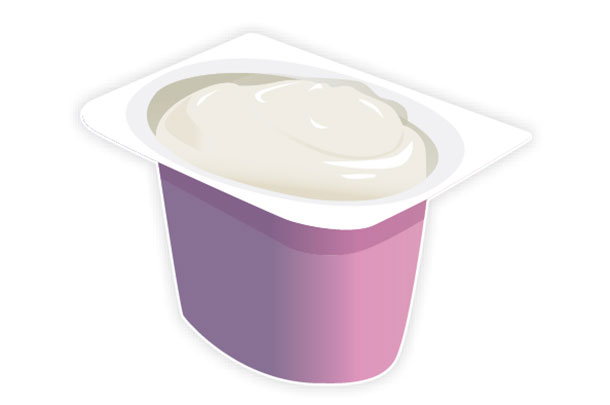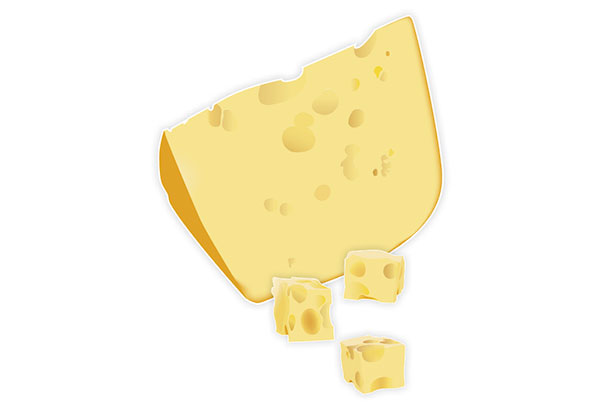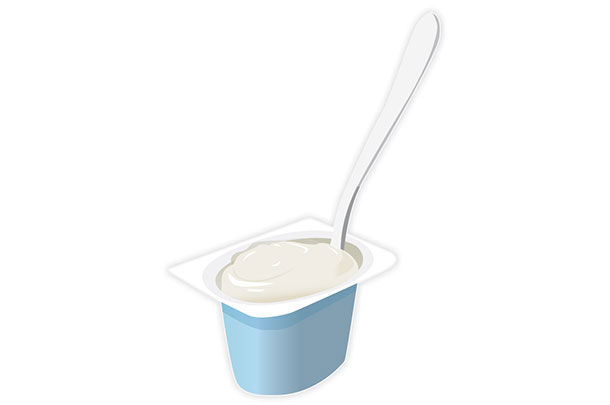Editor’s note: Balchem Corporation sponsored a post-conference seminar focusing on milk protein production following the 2015 Penn State Extension Dairy Cattle Nutrition Workshop held recently in Grantville, Pennsylvania.
The seminar covered a three-pronged approach to milk protein: feeding, breeding and economics. This article is the second in a series covering the seminar. The first is the series is "Feeding for milk protein".
High-protein production is bred into cattle. With the increasing demand for milk components, as fluid milk consumption decreases and cheese and yogurt consumption rises, the “focus needs to shift so selection programs reflect what the market wants,” Chuck Sattler of Select Sires said.

Semen fertility, calving ease, udder conformation and milk production have all traditionally been used for A.I. sire selection. But these alone may not be the best options going into the future.
“Producers should select directly for PTA [predicted transmitting ability] protein to maximize the long-term profitability of their herd. Not PTA milk. Not PTA protein percents,” he advised.
Selecting for protein
While the dairy industry has made progress in protein yield over the past several decades, genomic evaluation allows for faster progress. Historically, the trend in the mid-1980s was to select for protein percent. Selecting for udder health became popular during the 1990s. The trend today is moving toward selection for milk protein yields.
Selecting for a single trait brings drawbacks. There are genetic correlations between various traits. This correlation can be positive where selecting for one trait also increases the selection for another or negative where selecting for one trait leads to a corresponding decline in another.
“Cattle need to be bred to be high-protein providers,” Sattler said. “We need more production of protein and fat. For most producers, protein is the most valuable component of the milk they produce and sell.
From a genetic standpoint, you get what you select. Selecting exclusively for improved protein yield will unfortunately have some negative side effects on other traits – lower fertility, poorer udder conformation and higher somatic cell scores.”
Some traits, such as calving ease, milk yield and somatic cell count, have heritability values of about 10 percent. Others, such as percent protein and fat in milk, are more highly heritable at 50 to 60 percent.

Selection indexes allow producers to make progress with more than one trait simultaneously. Using a selection index which shows positive and negative correlations between traits allows for better overall results than simply selecting for one trait.
Genetic correlations are important to “get it all done at once.” A selection index approach really helps you moderate and balance out your selection so you’re improving everything at one time,” he said. “It’s the most effective way to select for several economically important traits at the same time.”
Genomic evaluation allows producers to select for protein while simultaneously selecting for other desired traits. Beyond protein yield, producers can also select for certain protein variants, which carry positive economic value.
Cheese-making proteins – kappa casein and beta lactoglobulin – are coded by genetics and have 100 percent heritability, Sattler said. This is important as each of these proteins comes in more than one form. Kappa casein has an A and a B form.
These differ in firmness of the curd, as well as coagulation time. Beta lactaglobin, the major whey protein, also has A and B variants, with B variants producing similar total levels of protein but with less percentage of whey protein and a higher percentage of casein. B variants of both proteins are preferred for cheesemaking.
Another important protein variant occurs in beta casein protein. The A2 variant causes fewer digestive problems in many people. This offers an opportunity to market milk with a higher percentage of A2 beta casein. This is already happening in some markets.
It’s important to note that different breeds have differing genetic variability across traits. For example, less than 50 percent of Holstein bulls are A2, Sattler said, while Jersey and Guernsey breeds offer a higher percent of A2 milk production.
Benefitting from breeding
“Anytime you add something to your selection criteria, you are going to take away from other areas,” Sattler cautioned. “It’s always a matter of trade-offs. We’re asking our cows to do a lot of things. We need to pay attention as we push for more protein production.
Producers should be sure to include protein yield, daughter pregnancy rate, udder conformation and somatic cell score in the selection index they use.”

Breeding to get more protein production from the herd is more efficient and accurate when genomic evaluation is used to guide selection choices.
“Genomic evaluations help us to make faster progress in protein yield or make the same rate of progress in protein yield while making more improvements in other economically important traits at the same time,” Sattler said.
Opting to select for milk protein yield is a smart move that, if done properly, can bring positive economic impact. Using genomic evaluation makes breeding for protein yield easier. Selecting for protein yield can positively impact the herd’s long-term profitability. PD
Tamara Scully, a freelance writer based in northwestern New Jersey, specializes in agricultural and food system topics.





